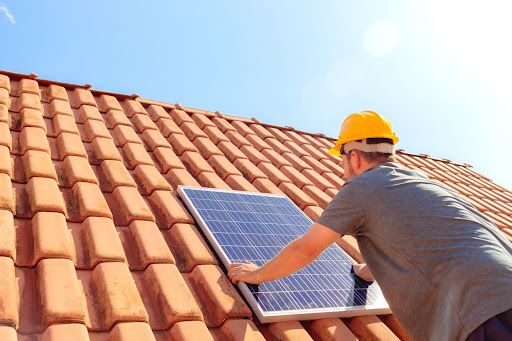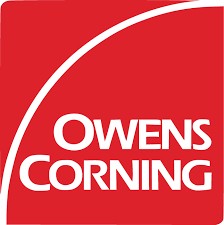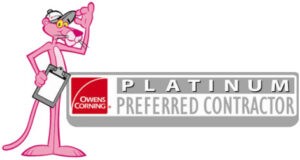Short Answer: Yes, you absolutely can put solar panels on a metal roof, and it’s actually an excellent choice for solar panel installation. In fact, metal roofs offer several advantages that make them especially compatible with solar panels, from longer lifespan and energy efficiency to easier installation. Compared to an asphalt shingle roof, a metal roof is more durable, sustainable, and ready to support your transition to solar energy.
As more homeowners and property owners look to lower utility bills and shrink their carbon footprint, the pairing of solar panels and metal roofing has become one of the smartest moves in green home upgrades. In the sections below, we’ll dive into the reasons why this combination works so well, the installation methods involved, and what to consider before starting your project.
Why Metal Roofs Are Perfect for Solar Panel Installation
When it comes to solar panel installation, your choice of roofing material plays a major role in the success and longevity of the system. And in that department, metal roofs outperform many other options.
Strength and Durability
The roof structure of a metal roof offers excellent support for a solar array. Metal roofing is known for its structural integrity and load-bearing capacity, meaning it can easily support the added weight of solar panels without risk of sagging or damage.
Longer Lifespan
A typical metal roof lasts between 40 to 70 years, while asphalt shingles often need replacement within 15 to 25 years. Since solar panels can last 25 years or more, pairing them with a longer-lasting roofing material means fewer disruptions and better value over time.
Types of Metal Roofs and Solar Installation Methods
Not all metal roofs are created the same, and that affects how your solar panel system will be installed. Let’s take a closer look at different roof types and how they interact with mounting systems.
Standing Seam Metal Roofs
A standing seam metal roof is by far the most solar-friendly type. Its seam roof design allows installers to use special clamps that attach directly to the standing seams, eliminating the need for any roof penetration.
- No drilling into the roof reduces the risk of potential leaks
- Fast and cost-effective installation process
- Minimal hardware needed for the mounting system
For these reasons, a standing seam roof is often the first choice for property owners looking to install solar.
Corrugated Metal Roofs
A corrugated metal roof—often seen in both modern and older residential applications—requires a slightly more involved approach. Because the surface is uneven, installers use brackets and special mounting hardware to level the solar panels.
- Roof penetration is typically required
- Extra care must be taken during the installation process
- A pre-installation inspection may be needed to confirm the roof is ready for a solar system
Ribbed and R-Panel Metal Roofs
These are flat metal panels with raised ribs but no standing seams. They’re common on both homes and commercial structures.
- Similar to corrugated in installation complexity
- Requires penetrative mounting systems with watertight seals
- Slightly easier to work with than corrugated due to flatter profile
Like corrugated, proper flashing and weatherproofing are essential.
Stone-Coated Steel and Metal Shingle Roofs
Metal roofing can also come in the form of shingles or panels coated with stone for a traditional look.
- Requires custom brackets and flashing
- More labor-intensive installation
- Still solar-compatible but less straightforward
If your home has or is considering one of these styles, talk with your installer early in the design phase.
Planning a New Metal Roof with Solar in Mind
If you’re installing a new metal roof, it’s a great opportunity to plan your solar panel system at the same time. Coordinating both projects helps:
- Choose the most solar-friendly roof type
- Maximize panel exposure and system efficiency
- Ensure your roof structure can handle the system\
- Align contractor timelines and reduce total costs
Whether you’re re-roofing or building new, pairing your metal roofing and solar planning will make for a smoother, more durable installation.

Installation Process and Professional Considerations
Installing solar panels on a metal roof follows a step-by-step process that ensures safety, performance, and longevity. Here’s what to expect and why working with a solar installer who understands metal roofing is essential.
Step 1: Roof Inspection and Pre-Planning
A proper solar installation begins with a roof structure assessment to ensure it can support the panels. This is especially important for older roofs or those with unique architectural features, as they may require reinforcement or customized mounting solutions.
Step 2: Choosing the Right Solar Installer
You want a roof contractor who is experienced not only with solar but also with metal roofs. Look for professionals who can recommend the right mounting system, understand how to avoid roof penetration, and protect your existing roof warranty.
Step 3: Installation Process
Once planning is complete, the installation process begins. Depending on your roof type, this may involve using seam clamps (no penetration) or bolts and brackets (for corrugated or ribbed metal). For most homes, the actual installation takes 1 to 3 days, depending on the size of the system and roof accessibility.
- Installers follow manufacturer guidelines to properly mount PV panels
- Wiring and inverter placement are customized based on your home layout
- Quality control and safety inspections are conducted throughout the process
- Installers ensure all connections are secure and weather-resistant
A professional team will also take care to avoid any damage to the roof surface and will coordinate final inspections or permitting as needed for grid connection.
Step 4: Final Check and Commissioning
After your solar system is fully installed and secured to your metal roof, the final phase is system commissioning. This step is critical for verifying that everything functions properly and safely before your system starts delivering power to your home.
- During commissioning, your solar installer will:
- Conduct a full system performance check, ensuring each solar panel is producing power
- Test all electrical components, including the inverter, wiring, and grounding
- Verify that monitoring software (if included) is accurately tracking energy production
- Inspect all mechanical attachments to ensure your mounting system is stable and weather-tight
- Review system documentation and warranties with the homeowner
Once everything passes inspection, the system is activated—often in coordination with your utility provider. Depending on local permitting and utility requirements, final approval can take anywhere from a few days to a couple of weeks. After that, your solar array officially goes live, and you begin generating your own renewable electricity.
Why Leverage Roofing Is the Right Partner
At Leverage Roofing, we bring over 30 years of roofing and construction experience to every project. As a local, family-owned business serving communities across the Carolinas, we’ve built our reputation on trust, integrity, and unmatched quality.
Here’s what makes us different:
- Expertise in metal roofing systems and their compatibility with solar
- Professional consultations to help you prepare for a solar-ready roof
- Help with insurance claims and access to financing options
- Workmanship warranties that protect your investment long after installation
Whether you’re installing a new metal roof, upgrading your current one, or simply planning for future solar, Leverage Roofing is here to help every step of the way.
Ready to Make the Switch?
If you’re thinking about going solar, the best place to start is with your roof. A solid foundation, especially a metal roof, sets your solar panel system up for decades of clean, efficient energy.
Contact Leverage Roofing today to schedule a free consultation. We’ll inspect your roof, guide you through your solar options, and make sure everything is ready for a smooth, reliable installation.
Make the smart investment in your home, your energy bills, and your future—with Leverage Roofing by your side.



